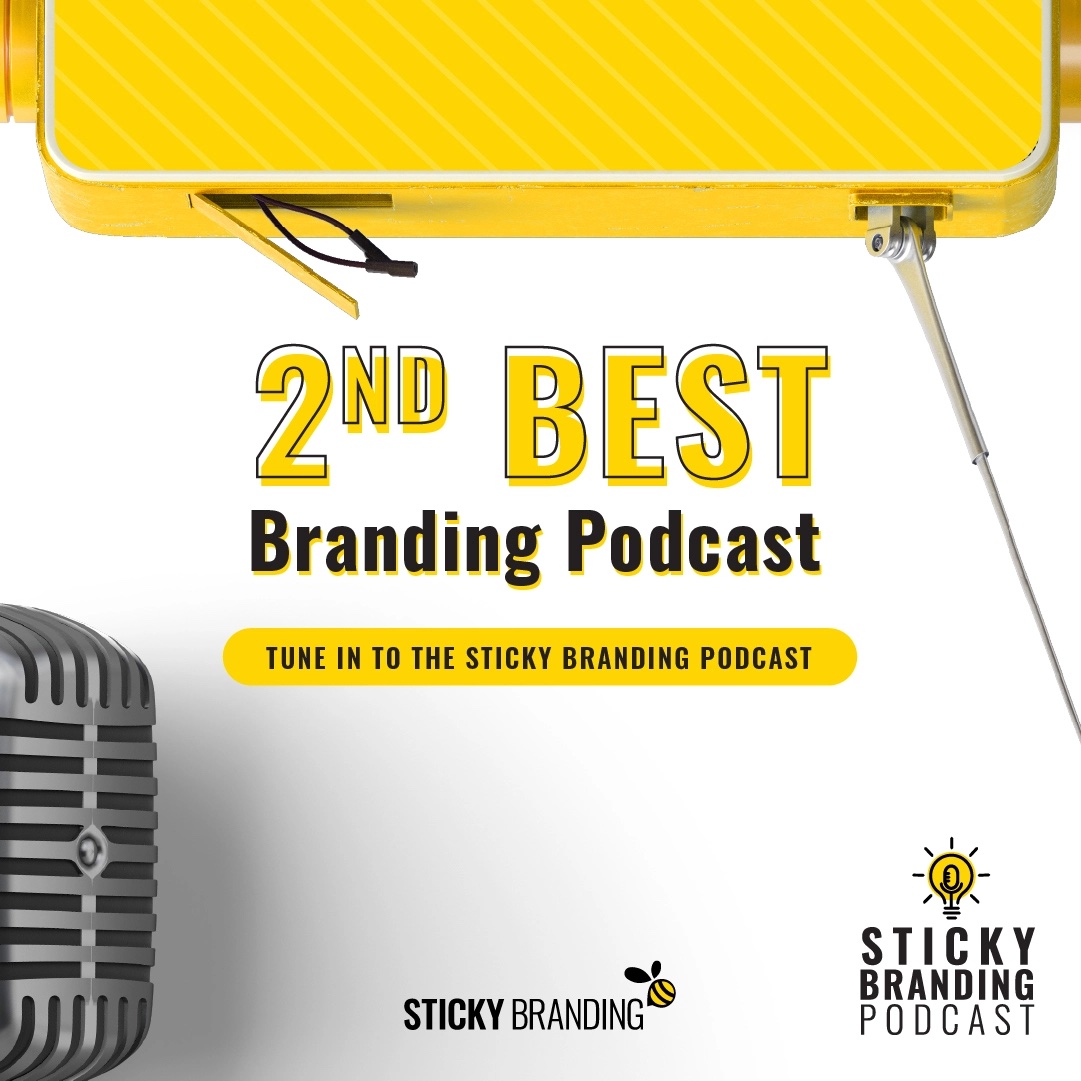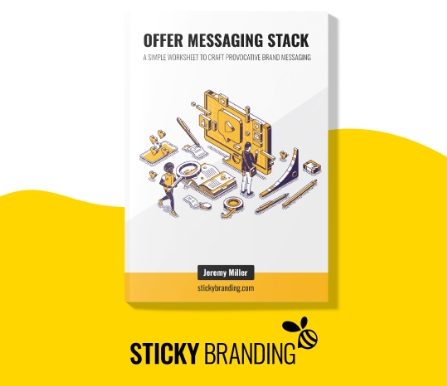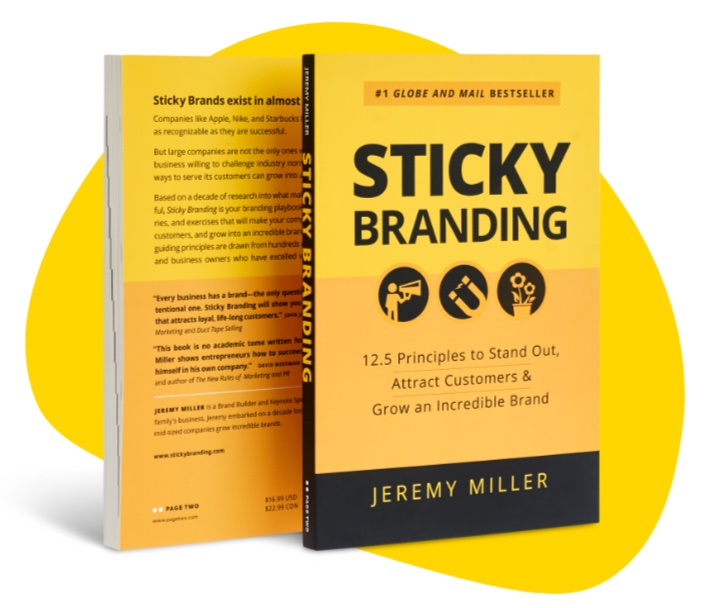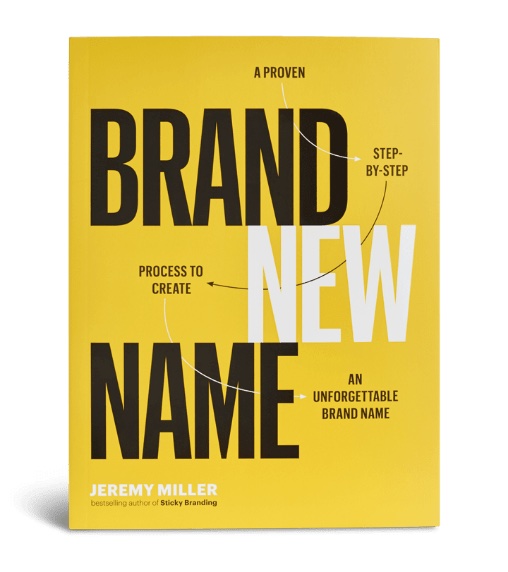Like it or not, Google is defining your brand. This is most obvious in your brand messaging.
If you wind back the clock a few decades, you see a very different style of brand messaging:
- 1948: De Beers, “A diamond is forever.”
- 1962: Avis, “We’re number two. We try harder.”
- 1967: M&M’s, “Melts in your mouth, not in your hands.”
Each of these were brilliant, category defining slogans, and they have stood the test of time. There’s an elegance to the copywriting, and each statement hits on a singular truth. But would these phrases work as well if they were introduced for the first time in 2019? Probably not. And we have Google to thank for that.
Google is ubiquitous. We use it every day to find information and navigate the world around us. I use “world” deliberately, because we use Google to get directions, to look up people, and to find answers. It’s more than a search engine, it’s a personal assistant.
Our constant interaction with Google has conditioned the way we think and navigate. For example, if you’re looking for a web developer in your area you may search, “web developer + [your city].” You may narrow the search further by typing, “WordPress web developer + [your city].”
Notice how factual these search terms are. They do not have a benefit statement nor a value proposition. There’s no creative copywriting or a cute turn-of-phrase. They are simple, categorical statements.
This pure, distilled form of communication is replacing the traditional slogan. “A diamond is forever” may be true, but that’s not how customers are searching for diamonds.
What this means for brand messaging is critical: clarity trumps creativity.
“Just the facts ma’am. Just the facts.” I’ve never watched an episode of Dragnet (a TV show from the fifties), but Joe Friday’s catchphrase is stuck in my head. Focus on the facts to win at branding.
That’s what Google is all about, and that’s where you need to put your time and energy. Instead of developing a creative slogan or unique selling proposition, break up your brand messaging into its core components:
- Category: What is your industry or business? More importantly, how do your customers search for related companies on Google?
- Specialization: Does your business specialize in a niche or vertical market? This is the phrase your customers will use to narrow down their choices.
- Location: Is your business geographically specific? If so, this is a powerful way to differentiate your brand.
- Customers: Who does your company serve? You can’t grow a remarkable brand by serving everyone.
- Trigger Events: What issues or situations propel your customers to seek out your products and services?
You don’t have to use all of the components listed above. Choose the ones that are most relevant for your customers. How would they find your company, products, or services on Google?
When you understand how people find you, you have an opportunity to clarify your brand. Think of a Google search as a reference point or a marker. It’s the first step in the buyer’s journey.
The easier your brand is to find — using the language of Google — the more memorable it will become. That translates into more referrals, more sales, and more customers.





